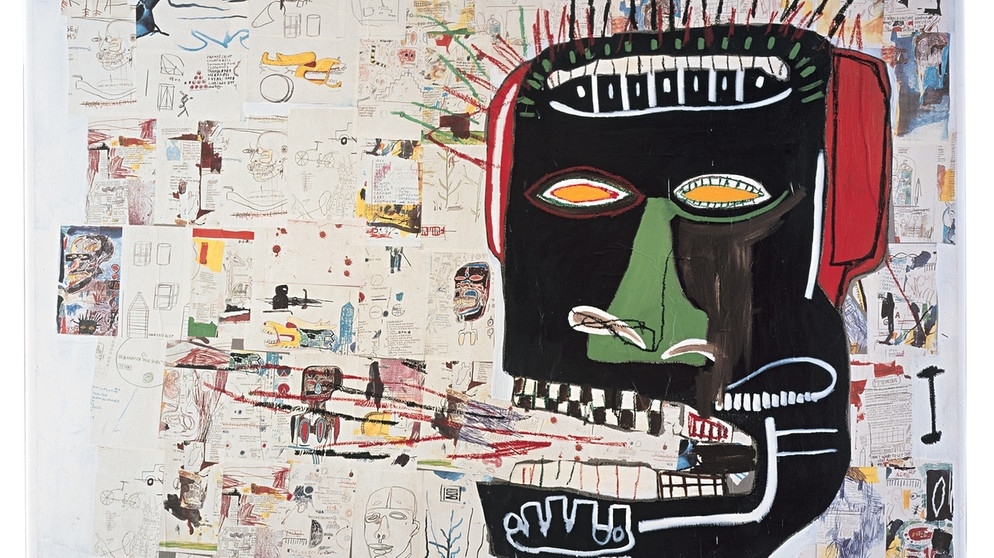Where my anxiety comes from?

Nowadays is way too common to feel anxious during the day, and most of the times we don’t know why and where this anxiety comes from, we simply don’t notice our triggers but what we do notice is our anxiety.
It’s common not to recognize that our thoughts are a significant trigger, often we have stressful dialogs or create catastrophic narratives in our minds. For example revisiting a recent conversation that caused stress, or remembering any bad behavior from others with you or uncomfortable situations at work. Or creating catastrophic narratives like having your house burning down or worried that something bad might happen to your loved ones, then imagining how you’d react to it or creating the worst case scenarios for personal or professional areas of your life.
In our digital culture and environment, we seem surrounded and always connected to screen, devices and other people’s lives and opinions, hopping from tab to tab, app to app, website to website, almost automatically without giving thought to the process. While we might not notice that during this process we’re still responding emotionally to what we’re consuming, for example, sensationalist news headlines, flawless Instagram images, emails and others,all of which can inherently trigger your anxiety. However, this can’t be noticed since we are to naturally hyper focused on this activity / behavior.
How to minimize inherent anxiety triggers?
Document Every Trigger – Take an outside perspective, ask yourself about what just happened immediately before you feel anxiety, pinpoint your thoughts, physical feelings and what you did, for example, drank a lot of coffee, thought about your to-do list, a memory from the past or a e-mail that you just read. Taking notes about it can open a clear way to reach for a solution.
Slow Down Breathing – Slowing down your breath will increase oxygen in your brain and also slow down your heart rate. Breath through your nose and count from 4 to 6 seconds, holding your in-breath from 1 to 2 seconds, then slowly breathing out through your mount from 4 to 6 seconds.
Turn On Your Senses – Find five things you can see, four things you can touch, three things you can hear, two things you can smell and one thing you can taste. This will shift your focus away from the anxiety and will help you to connect to the present moment using your five senses.
Muscle Relaxation – Scan your body for muscle tension and then try to “unclenching” them. Relax your jaw, open your mouth sightly and make sure that your tongue is positioned at the bottom of your mouth.
Face Your Fears – Avoidance only amplifies and strengthens anxiety, facing your fears, a skill know as “exposure” can effectively reduce anxiety.
Consume Good Content – Just like eating healthy, we must do the right choices when it comes to consume content on social media or any digital channel. Stop watching or reading bad news, following vain and worthless social media profiles. Try to find what will add value, knowledge and happiness to your life.
Stay Off-Line – We stay connected almost 24 hours a day, it’s important to set a moment in your day to turn everything off and have a conversation with your own thoughts without any kind of interruption from mobile notifications. That way you’re going to clean your mind from anxiety that come from the digital environment.
Anxiety may comes from no where, just like an object falling from sky and smacking on your head, but when you dive deeper, you realize there is a reason, a feeling or a behavior that will work as trigger for it. Identifying the root of the issue will make easier to find new ways to resolve it.
Post based on: When Your Anxiety Doesn’t Have a Trigger
Art: “Glenn”, 1984 – Jean-Michel Basquiat